BEV - Battery Electric Vehicle
A battery electric car, also known as an all-electric car or simply an electric car, is a vehicle that runs solely on electricity from batteries and does not have an internal combustion engine.
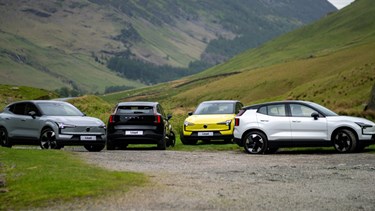
Ready to go electric? You're in good company. More drivers are choosing electric vehicles for their instant acceleration, lower running costs, and zero emissions. Whether you're concerned about the environment, want to save money, or simply enjoy quieter, smoother driving, electric vehicles offer the perfect solution.
Switching to electric is easier than you think. We're here to help you find the right electric vehicle for your needs and budget.
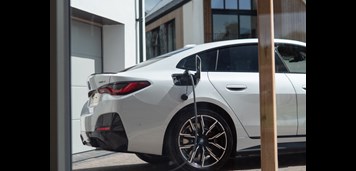
Switch to electric and watch your running costs drop. With lower fuel costs, reduced maintenance, zero road tax, and attractive finance options, electric driving pays for itself. Plus, benefit from grants and salary sacrifice schemes that make premium electric vehicles surprisingly affordable.
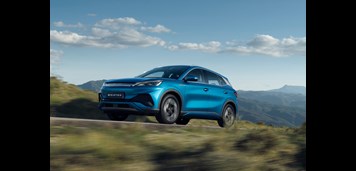
Make every journey count towards a cleaner future. Our electric vehicles produce zero tailpipe emissions, helping reduce air pollution in your local area. With renewable energy charging options and recycled materials in construction, you're not just driving – you're making a positive environmental impact with every mile.
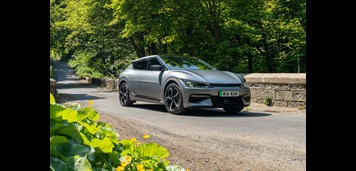
Experience the thrill of instant torque and whisper-quiet acceleration. Electric vehicles deliver smooth, responsive performance with advanced tech features, one-pedal driving, and the latest connectivity. Enjoy a refined driving experience that's both exhilarating and effortless, whether navigating city streets or cruising motorways.

Transform your fleet with electric and unlock significant tax advantages. Benefit from better allowances, reduced Benefit-in-Kind rates, and enhanced company image. With lower total cost of ownership and employee satisfaction benefits, electric vehicles are the smart choice for forward-thinking businesses.
A battery electric car, also known as an all-electric car or simply an electric car, is a vehicle that runs solely on electricity from batteries and does not have an internal combustion engine.
A hybrid electric car is a type of vehicle that combines a conventional internal combustion engine with an electric motor and a rechargeable battery.
A plug-in hybrid electric vehicle is a type of hybrid electric car that can be charged through a plug, just like a pure electric car.
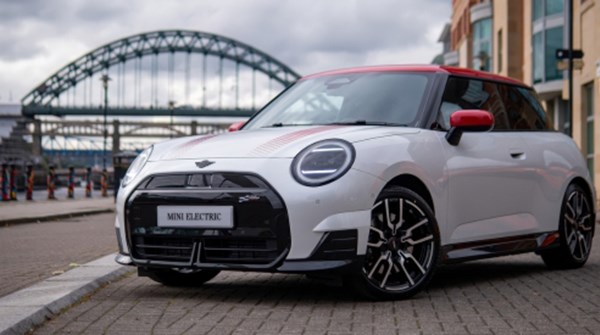
.jpg?height=334.68559837728196&heightratio=0.5578093306288032&mode=crop&upscale=true&width=600)
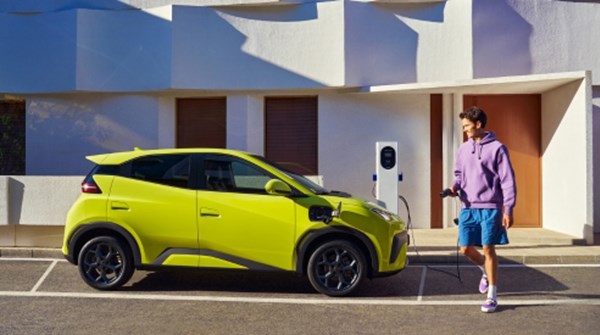
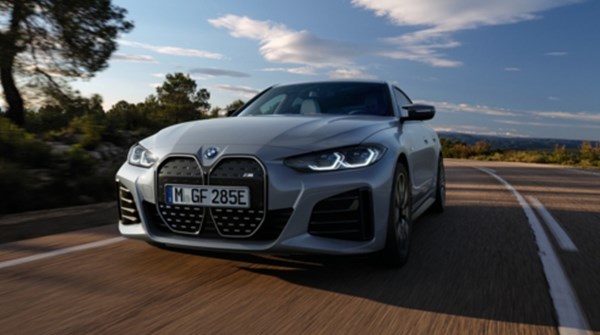

.jpg?height=334.68559837728196&heightratio=0.5578093306288032&mode=crop&upscale=true&width=600)


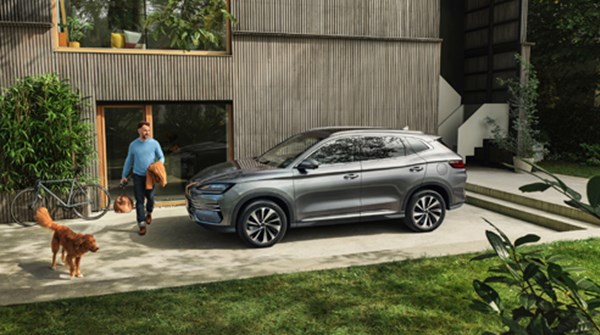



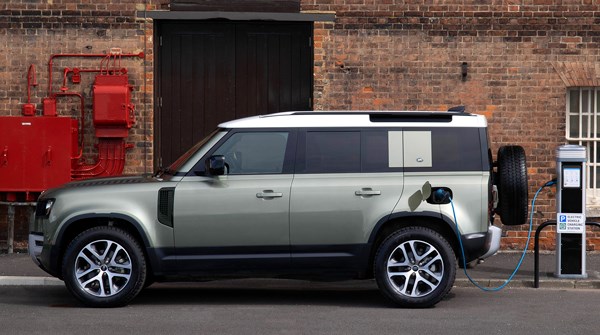
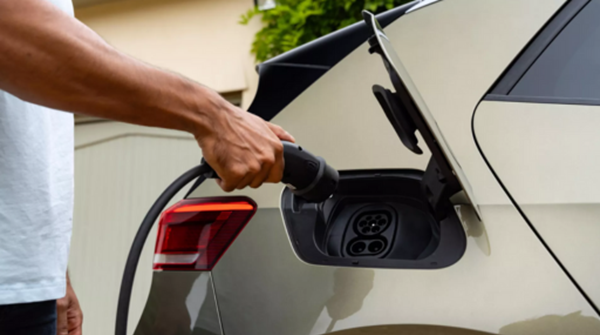






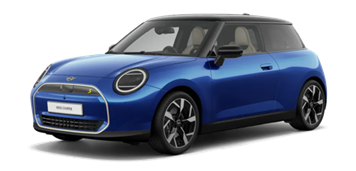
Go green with your MINI Cooper. From £235 Per Month Plus Initial Rental.
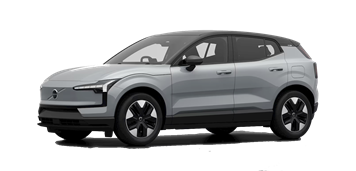
Big electric performance from £355 per month. 2.9% APR Representative. Free of charge wallbox.

£1,400 Finance Deposit Contribution. From £299 a month. £499 customer deposit. 7.9% APR Representative.

£4,000 Finance deposit contribution. From £366 a month. 6.9% APR Representative.
Electric cars are powered by a battery and an electric motor instead of a traditional internal combustion engine that uses petrol or diesel. These are sometimes referred to as EVs (Electric Vehicles) or BEVs (Battery Electric Vehicles) these are umbrella terms that refer to all vehicles that are powered by electricity.
You won’t need to refuel an electric car, as you simply recharge the battery instead, by plugging into a charger at home or at a public charging station. Find out more about Electric Car Charging.
There are three main types of electric vehicle:
Fully-Electric – With fully-electric vehicles, the source of power comes solely from a rechargeable battery, and they don’t have petrol or diesel engines.
Traditional Hybrids – These use a petrol or diesel engine alongside an electric motor and battery. They don’t need to be plugged into an external power source to recharge - the battery recharges itself as you drive, using the energy created from the car’s brakes and engine.
Plug-In Hybrids – These are similar to traditional hybrids, as they use a petrol or diesel engine alongside an electric battery. However, these regularly need to be plugged into an external power source to top the battery up.
The mechanics of an electric car are quite different to a conventional car.
Petrol and diesel cars powertrains have an internal combustion engine, fuel tank and transmission, their power on the road comes from a multi-speed transmission of some description. Their efficiency is measured in the number of miles covered with a gallon of liquid fuel burned in the engine.
Electric cars have an electric powertrain that is made from an electric motor, battery, control system and transmission. An electric motor is powered from a single-speed transmission and their efficiency is calculated by the number of miles covered in a kilowatt hour (kWh) powered by the battery pack.
Yes, all electric cars are automatic. As most electric cars motors don’t require a multi-speed gearbox unlike petrol or diesel engines.
When it comes to local air quality, electric cars are better because they create no polluting exhaust fumes. It is also expected that electric cars overall environmental impact will be less than petrol or diesel cars.
The zero emission vehicle mandate sets out that from 2030, in the UK, 80% of all new cars that are sold will have to be zero emission.
By 2035 the current government plans are that all new car models sold will be fully electric.
Used petrol and diesel cars can still continue to be sold and driven for years after 2035.
If you're new to the world of EVs, we've broken down some of the most comment EV terms that you'll need to know.
EV – Electric Vehicle. Any vehicle that is powered by an electric motor.
HEV - Hybrid Electric Vehicle. HEVs use both battery power and fuel, making them more fuel-efficient than traditional vehicles.
kWh – “Kilowatt-Hour” is a unit of energy used to measure electric car battery capacity.
kW– “Kilowatt”, referring to the output speed of EV chargers and the power of an electric motor.
Tethered & Untethered– refers to two different types of chargers. The difference between tethered and untethered EV chargers is that tethered have a fixed cable that can’t be removed, whereas untethered chargers have a detachable cable.
Miles per KWh – This tells you how many miles your EV will go on 1 unit of electricity, and therefore how efficient it is.
Range – This is how far your EV can travel on a fully-charged battery.
Pre-Conditioning – Either pre heats or pre cools your car’s cabin while charging. This helps to preserve your range, as it saves you from using the main battery to bring the cabin up to temperature.
Start of Charge – Represents your vehicle’s current battery level as a percentage.
Smart Charging and Tariffs – These Allow you to charge your EV when energy is at its cheapest. Smart tariffs are often optimised based on time of day, electricity prices, and your EV battery percentage. Smart Charging only works with compatible smart chargers which use algorithms to optimise charging based on these factors. All you need to do is set your preferences on your phone, and the smart charger will schedule charging based on these.
Regenerative Braking – A mechanism within EVs that collects energy from the vehicle slowing down, which is then returned to the car’s battery as electricity.
Torque – Often referred to as ‘pulling power’, torque refers to how much power a motor can produce. Greater torque means greater power to the wheels, resulting in greater acceleration and an easier time climbing up steep ascents.
PHEV – Plug-In Hybrid. Like a HEV, these run on both battery power and fuel, but PHEVs plug into an external power source to charge up. Some PHEVs can drive purely on electric for short journeys, too.
